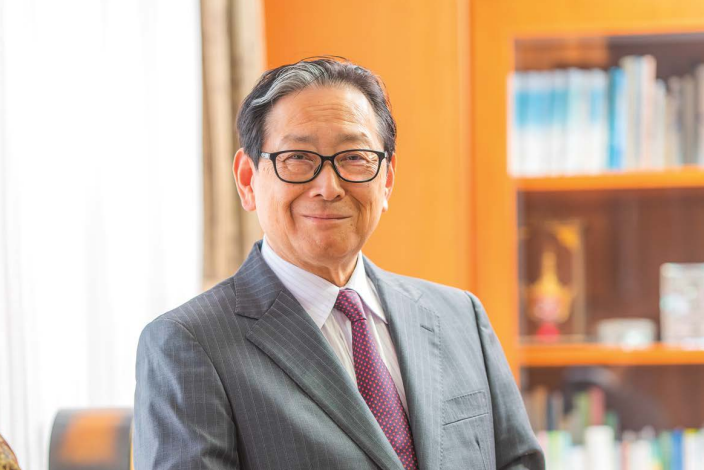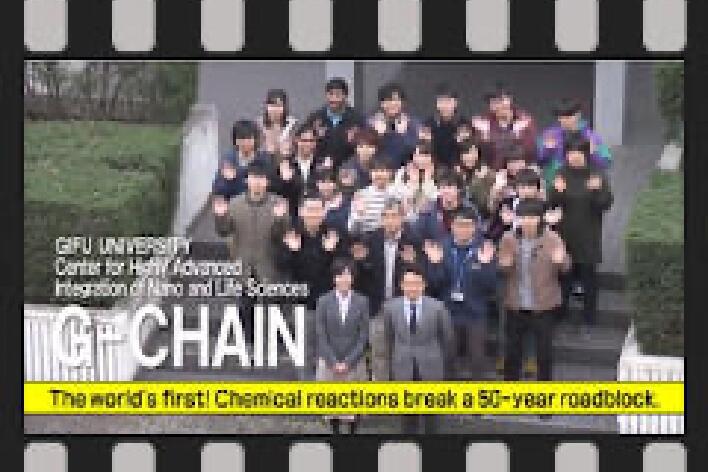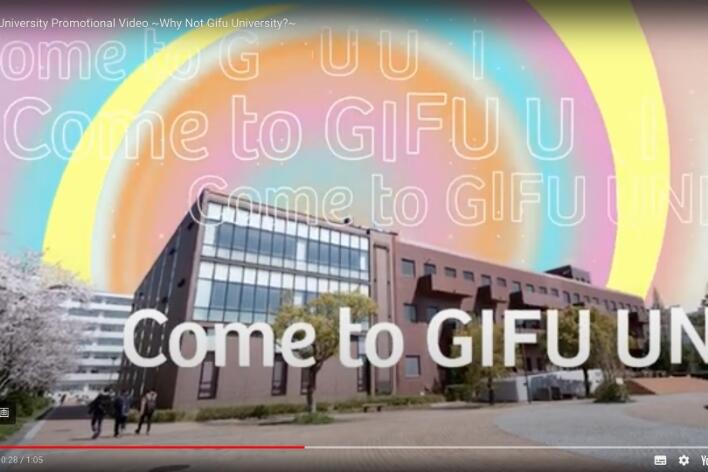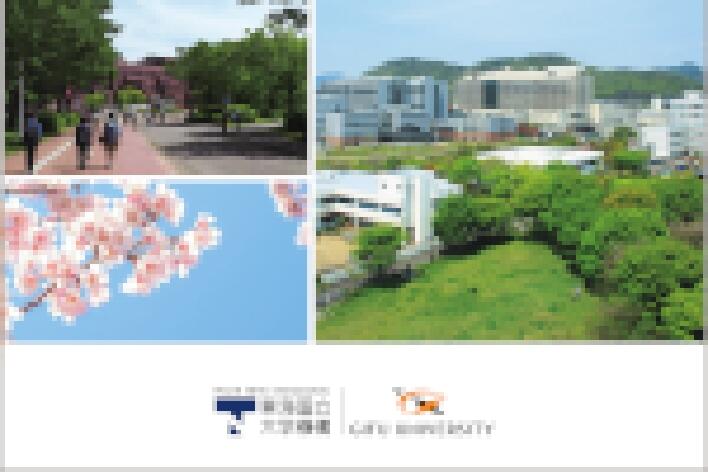Professor IMAI Ako of the Faculty of Education, Gifu University has developed "IMIAWASE CARD" for children with foreign roots who need Japanese language instruction.
*Information related to faculty members/students and graduate schools at Gifu University here are all that of the time of interviewing.
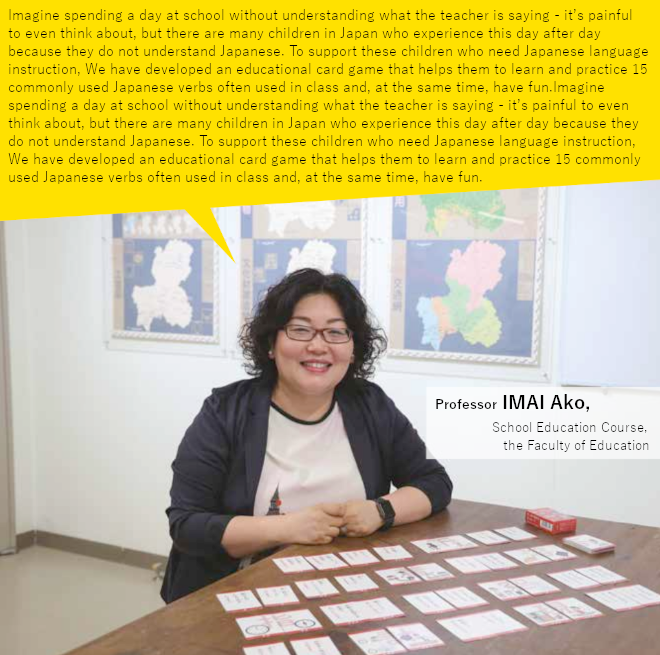
Professor Imai and Ms. Fukushima have created a game called "IMIAWASE CARD" to help children to understand their teacher's Japanese instruction in class.
Gifu Prefecture is one of the prefectures in Japan where many children who need Japanese language instruction live. After a conversation with a seminar student who had completed their teaching practice at school, I became aware of the need for support for such children to participate in class. I immediately formed a research group of faculty members in the Faculty of Education who shared the same awareness of this issue and began our investigation. As we progressed, we found that while there are teaching materials available for learning Japanese necessary for school and daily life, there are not enough materials to help children and students understand and participate in class.

In educational technology, my specialty, we investigate the current situation and consider methods to improve educational and learning activities. We practice, evaluate, and analyze these methods repeatedly until they are optimal. Therefore, I thought that educational technology research could support children who need Japanese language instruction to participate in class.
First, I developed an educational program for students in the Faculty of Education who will become teachers and provide Japanese language instruction for children who need it. At the same time, a graduate student, Ms. FUKISHIMA Takako, who is also an elementary school teacher, began developing teaching materials for children who need Japanese language instruction, as part of her master's research. Based on the assumption that children can participate in class more easily if they can figure out what the teacher is saying, we considered what kind of teaching materials to create through comprehensive investigations. Many children who need Japanese language instruction do not have an environment where their parents can support their learning. Therefore, we decided to develop a card-game-style teaching material that can be easily used by one person. We focused on "verbs" as the words to be learned in the teaching material. We chose verbs that have different meanings but the same sound, such as "MADO WO AKERU (open the window)" and "SEKI WO AKERU (leave your seat)," which are often used in class. To make learning fun, we arrived at a "matching game" where cards with verbs on match up when they have the same meaning, like the game of Concentration.
When I visited the city's board of education to evaluate the prototype of "IMIAWASE CARD," they immediately agreed and said, "We've been waiting for this kind of teaching material for many years!" After using the teaching material for two weeks, the children's understanding of Japanese improved slightly. The game received high praise in the post-evaluation survey and confirmed the need for this teaching material after seeing that the cards are worn out from repeated use.
Afterwards, we raised funds through crowdfunding and distributed the finished product to cooperating schools as our token of gratitude. We also received an offer from a teaching materials company to commercialize the product. In the meantime, Ms. Fukushima will take the lead and proceed with the development of the second edition of "IMIAWASE CARD" soon.

 Comments by "IMIAWASE CARD" developer
Comments by "IMIAWASE CARD" developerThere were children who could not participate in class because they did not understand Japanese at the elementary school where I served as principal. I wanted them to feel the fun of learning with friends rather than just "being there" in class. With that in mind, I learned about the development of learning support materials under the guidance of Professor Imai and developed teaching materials.
◎"IMIAWASE CARD" (a total of 60 cards) contains 15 Japanese verbs, pairs or more of which are pronounced the same but have at least two different meanings.
◎Number of players: any number, including one
◎For children of elementary school age
◎Japanese level is marked with the number of stars (★)
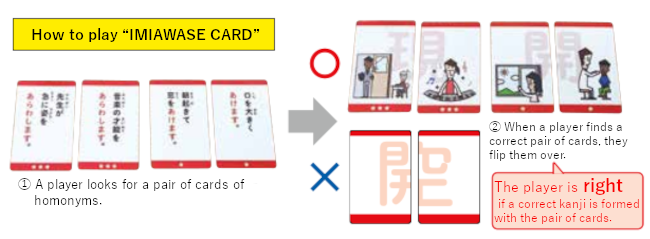
I want to share the joy and happiness of learning with children and university students wishing to become schoolteachers in the future.

cluster of burial mounds
I entered Gifu University to become a technology education teacher and soon got carried away with designing and manufacturing folding desks, equipment design, and others. I wanted to deepen my knowledge, so I advanced to the master's program. Through discussions with local national university teachers whom I met during a visit to Egypt, I decided to pursue a career as a researcher to become an intermediary between schools and universities. After taking my post at Gifu University, I was involved in launching an internet-based graduate school for current teachers (Good Practice Programs), and after its completion, I worked on developing teaching materials that can be used in multiple subjects and in building learning environments. In recent years, I have developed teaching materials for learning about local culture and history with the theme of the Funakiyama Kofun group (a cluster of burial mounds) located on the border between Gifu City and Motosu City. It is a simple teaching material with a clear file printed with a bird's-eye view map and a worksheet with the coordinates of ancient tombs. Unlike just looking at exhibition panels, it is a tool allows children to realize that there are so many ancient tombs, by inserting the worksheet into a clear file by themselves.
My motto is "I want many people to experience the fun of learning." Learning is more interesting than playing games. How do I convey this message to children? I hope that the IMIAWASE CARD game will spark children's interest in learning Japanese, so they will be able to say, "I know these words!" and move on to the next level of learning. I also hope that students in the Faculty of Education will find the joy of learning themselves and can convey it to children. Since the Faculty of Education and the field of education are full of experts in school subjects, they are places filled with potential for great success through collaboration. I would like to enjoy research more myself so that I can convey its appeal to my students.
